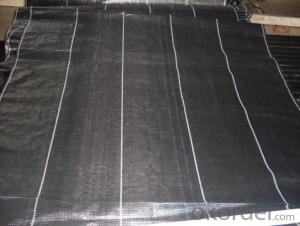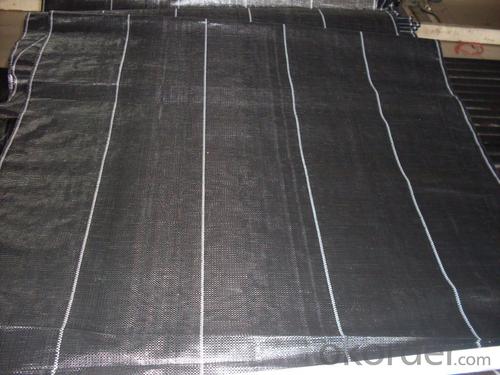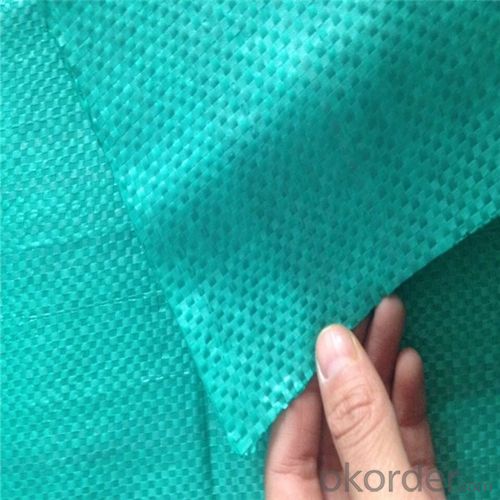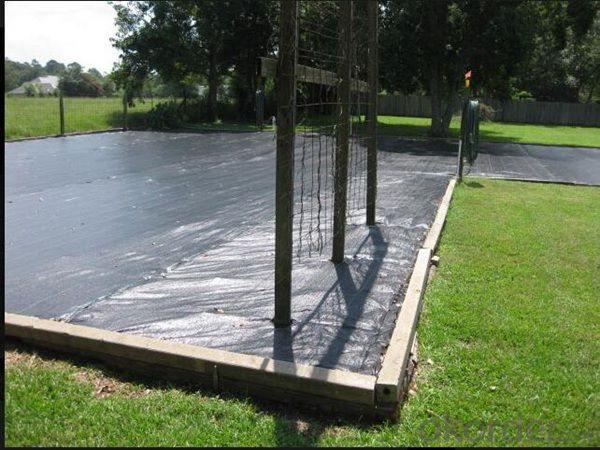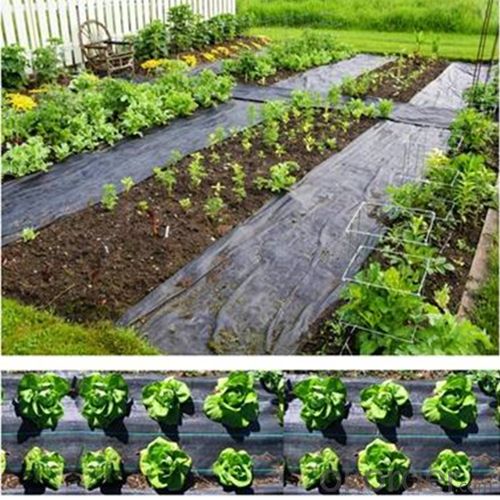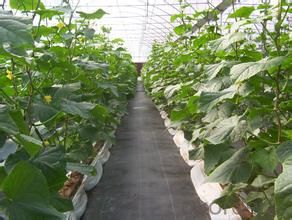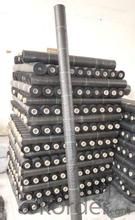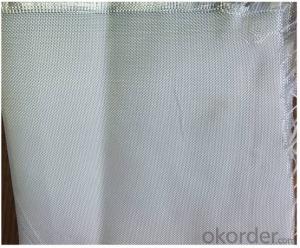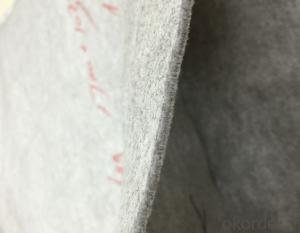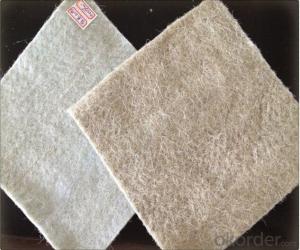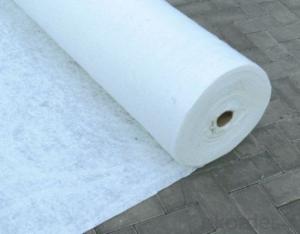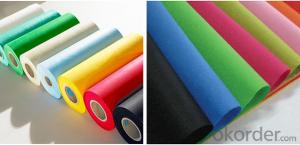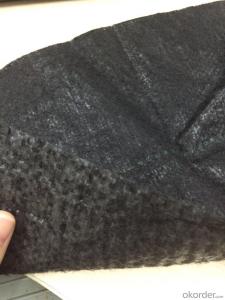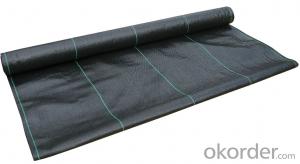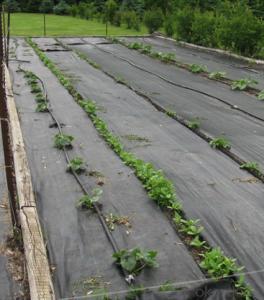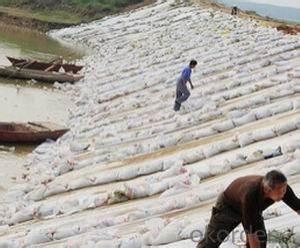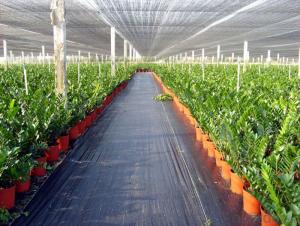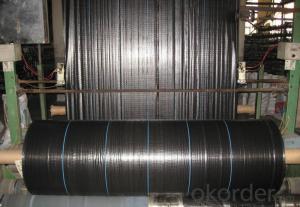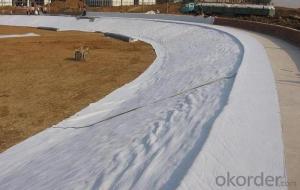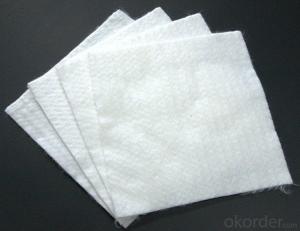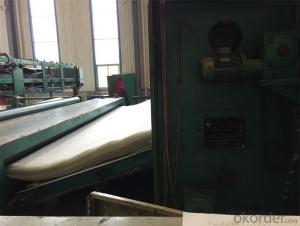Mirafi 600x Geotextile - Weed Barrier Fabric or Polypropylene Woven Fabric Made in China
- Loading Port:
- China main port
- Payment Terms:
- TT or LC
- Min Order Qty:
- 5000 roll
- Supply Capability:
- 100000 roll/month
OKorder Service Pledge
OKorder Financial Service
You Might Also Like
1. Silt Fence Introduction
Silt fence fabric is made of environmentally friendly raw materials, pp spunbond nonwoven fabric. It used to prevent the growth of weed,
without the use of potentially dangerous chemical sprays or labor intensive hoeing. Once installed, weed mat will continue providing
protection for years without maintenance.
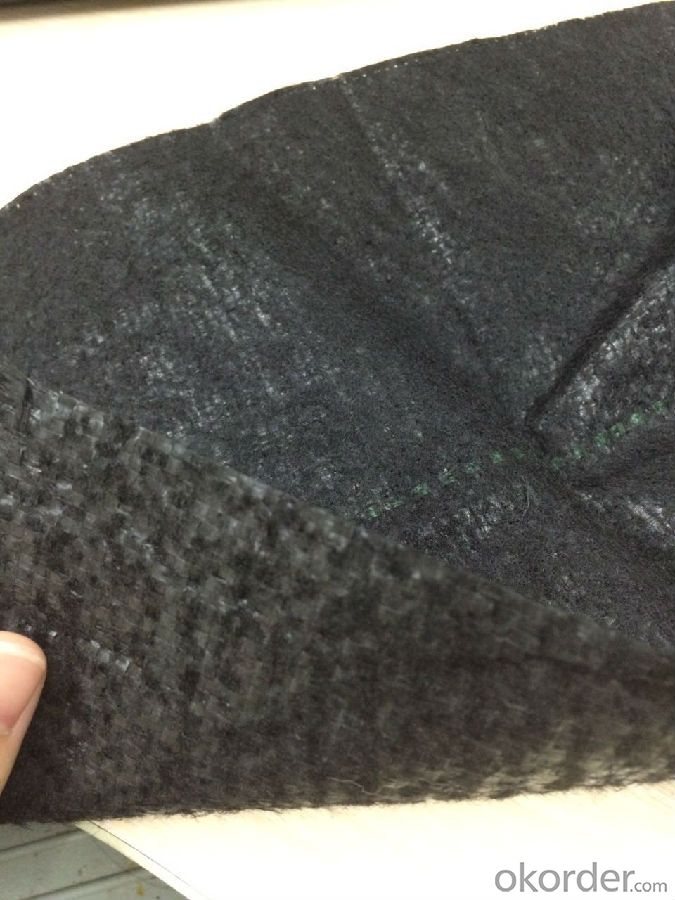
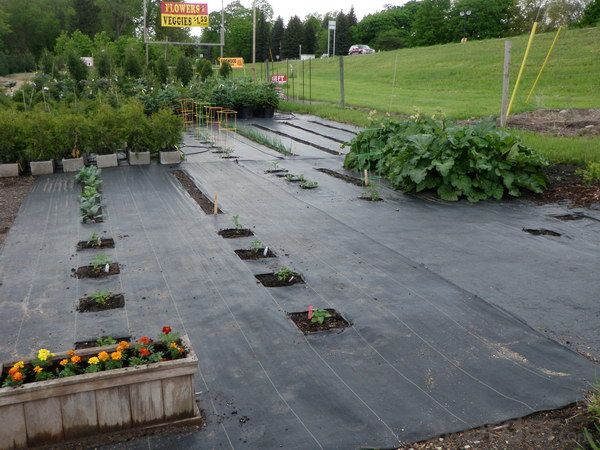
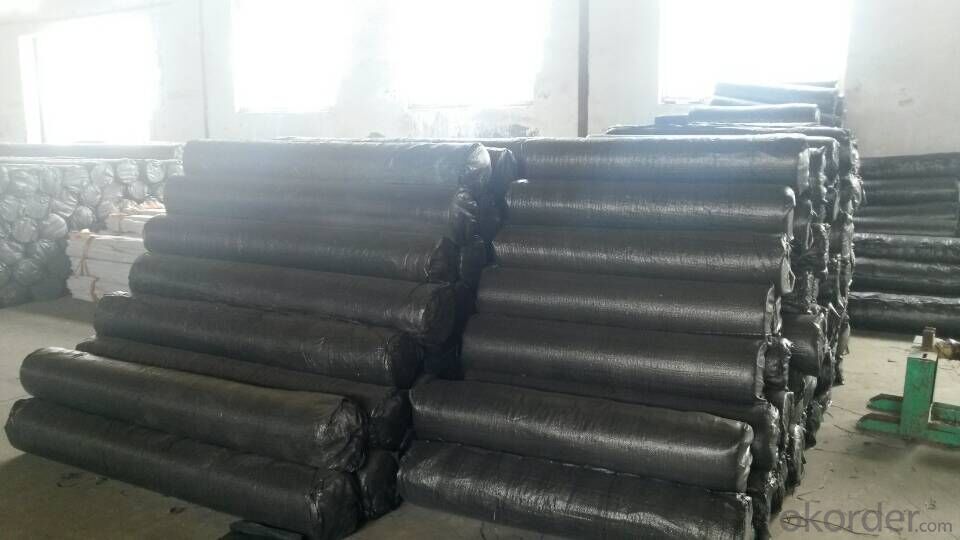
2. Silt Fence Fabric Feature:
1. Weed suppressant and drainage control landscaping fabric
2. Spun bonded non-woven fabric – will not fray when cut
3. Easy to use
4. Environmentally friendly
5. Allows water, air and nutrients through, suppressing weeds without the use of chemicals
6. Good alternative to Plantex® where cost is a factor
7. UV Stabilised
8. Reduces the level of watering required due to the slower rate of water evaporation
3. Silt Fence Fabric Function:
1. Cover crops in the ground surface,prevent weeds and against the insect
2. Controlling soil humidity and the temperature
3. Does not affect the growth of the crops
4. Protects plants from harmfully solar radiation
5. Air permeability, water permeability help crops growth.
6. Mothproof, eco-friendly, breathable, anti-bacteria, tear-resistant, fusible
4. Silt Fence Fabric Applications:
1. Weed block for landscaped garden beds
2. Permeable liners for planters (stops soil erosion)
3. Weed control under wooden decking
4. Geotextile for separating aggregate / soils under walkway blocks or bricks
5. Assists in preventing paving from settling unevenly
6. Landscape fabric prevents soil erosion
- Q: What are the factors to consider when selecting a geotextile for a specific application?
- When selecting a geotextile for a specific application, there are several factors to consider. These include the project requirements such as the type of soil, expected loads, and environmental conditions. The geotextile's physical properties, such as strength, permeability, and durability, should align with the project's needs. Additionally, factors like installation methods, cost, and availability should also be taken into account to ensure the most suitable geotextile is chosen for the specific application.
- Q: Related applications, product applications, industrial structure and distribution
- The geotextile is defined as geotextiles or geosynthetics that exist between soils and pipelines, gages, or retaining walls, that enhance water movement and impede soil movement. ASTM 4439 standard geotextile is defined as: a purely permeable geosynthetics to form textiles. It is used in soil, rock, soil, or other geotechnical engineering materials and acts as a component of a human-made project. It is a permeable geosynthetics made of synthetic fibers by needling or weaving. Finished cloth for the cloth, the general width of 4-6 meters, the length of 50-100 meters. Geotextile is divided into a woven geotextile and non-woven geotextile. Geotextile has excellent filtration, isolation, reinforcement protection, high tensile strength, good permeability, high temperature, anti-freeze, anti-aging, corrosion resistance. I also check in the road cloth, just to find, you should be a peer to share with you
- Q: What are the materials used for spinning geotextiles?
- Spinning is made of synthetic fibers through acupuncture or weaving made of permeable geosynthetics. There are at least two sets of parallel yarns (or flat yarn), a group of looms along the loom (the direction of fabric travel) called warp yarns, another group The horizontal arrangement is called weft yarn.With the different weaving equipment and the process, the warp and the weft are woven together into a cloth, and can be knitted into different thickness and density according to different use range. Generally, the spinning and weaving cloth is thin and vertical Have a very strong tensile strength (longitude than latitude), with good stability. There are spinning geotextile according to the weaving process and the use of latitude and longitude is divided into reinforced geotextile and non-reinforced geotextile two categories, plus The tensile strength of the geotextile is much larger than that of the ordinary geotextile, and the general application of the geotextile is reinforced with the reinforcement of the geotextile project. The main function is reinforced by reinforcement and has the function of plane isolation and protection. Can be selected according to the specific purpose of use.
- Q: What are the applications of geotextiles in road construction?
- Geotextiles have several applications in road construction, including separation, filtration, reinforcement, and drainage. They are used to separate the subgrade soil from the aggregate base, preventing mixing and maintaining the structural integrity of the road. Geotextiles also act as a filtration layer, allowing water to pass through while preventing the migration of fine particles that can clog the drainage system. Additionally, they provide reinforcement to the road by distributing loads and reducing the potential for rutting and cracking. Lastly, geotextiles can be used for drainage purposes, helping to remove excess water from the road surface and subgrade, improving the durability and performance of the road.
- Q: Are geotextiles suitable for use in geocells?
- Yes, geotextiles are suitable for use in geocells. Geotextiles are often used as a containment system within geocells to prevent soil erosion, reinforce the structure, and improve overall stability. They provide excellent filtration and drainage properties, making them an ideal choice for geocell applications.
- Q: How do geotextiles help with soil separation in railway ballast systems?
- Geotextiles help with soil separation in railway ballast systems by acting as a barrier between the ballast and the underlying soil. They prevent the mixing of fine particles from the soil with the ballast, which can lead to the degradation of ballast and decrease its load-bearing capacity. Geotextiles also provide filtration, allowing water to drain freely while retaining the ballast material, thereby maintaining stability and preventing the loss of ballast particles.
- Q: I'm looking for the fabric that goes between gravel and the ground (for a gravel driveway).
- you can get this at wicks do it all (now focus) or any good building merchants
- Q: How do geotextiles aid in the reduction of soil compaction?
- Geotextiles aid in the reduction of soil compaction by providing a barrier between the soil and external loads, distributing the load more evenly and reducing the pressure on the soil. This allows the soil to retain its natural structure and porosity, thereby minimizing compaction and preserving its ability to absorb and drain water effectively.
- Q: 300g geotextile GB thickness is how much
- There are a variety of geotextiles. If it is non-woven, then upstairs said correct. If it is woven type, that is not right, it should be about 1mm.
- Q: What are the environmental considerations of geotextiles?
- Geotextiles have several environmental considerations, both positive and negative. On the positive side, geotextiles can help prevent soil erosion, reduce sedimentation in water bodies, and improve the stability of slopes and embankments, ultimately leading to the preservation of natural habitats. Additionally, geotextiles are often made from recycled materials, such as plastic bottles, which can help reduce waste and promote sustainability. However, there are also potential negative environmental impacts associated with geotextiles. The production and disposal of geotextiles can contribute to pollution, particularly if non-recycled materials are used. Additionally, if not properly installed or maintained, geotextiles can cause unintended consequences, such as altering natural drainage patterns or obstructing the movement of wildlife. Therefore, it is important to carefully assess the environmental implications of using geotextiles and ensure proper installation, maintenance, and disposal practices to mitigate any potential negative impacts.
Send your message to us
Mirafi 600x Geotextile - Weed Barrier Fabric or Polypropylene Woven Fabric Made in China
- Loading Port:
- China main port
- Payment Terms:
- TT or LC
- Min Order Qty:
- 5000 roll
- Supply Capability:
- 100000 roll/month
OKorder Service Pledge
OKorder Financial Service
Similar products
Hot products
Hot Searches
Related keywords
